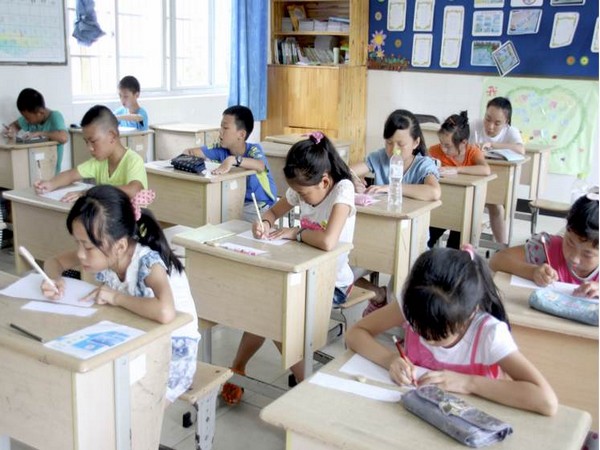Girls perform well in mathematics, science and even better in reading: UNESCO report
The findings show that in the early years, boys perform better than girls in mathematics but, this gender gap disappears later.

Deepening the debate on those still left behind, an annual UNESCO gender report, analysed data from 120 countries in primary and secondary education to offer a global picture. The findings show that in the early years, boys perform better than girls in mathematics but, this gender gap disappears later.
This research confirms that the gender gap in learning has closed even in the poorest countries. And in some countries, the gap is now reversed. For example, by grade 8, the gap is in favour of girls in mathematics by 7 percentage points in Malaysia, by 3 points in Cambodia, by 1.7 points in Congo and by 1.4 points in the Philippines.
However, biases and stereotypes are still likely to affect learning outcomes. Even though girls catch up in mathematics in upper primary and secondary education, boys are far more likely to be overrepresented among the highest performers in mathematics in all countries.
In middle- and high-income countries, girls in secondary school are scoring significantly higher in science. Despite this advantage, girls are still less likely to opt for scientific careers, indicating that gender biases could still be obstacles to the pursuit of further education in the science, technology, engineering and mathematics (STEM) fields.
Girls outperform boys in reading
While girls perform well in mathematics and science, they perform even better in reading. More girls achieve minimum proficiency in reading than boys. The largest gap in primary education is in Saudi Arabia, where 77% of girls but only 51% of boys in grade 4 achieve minimum proficiency in reading.
In Thailand, girls outperform boys in reading by 18 percentage points, in the Dominican Republic by 11 points and in Morocco by 10 points. Even in countries where girls and boys are at the same level in reading in the early grades, as in Lithuania and Norway, the gap in favour of girls rises to roughly 15 percentage points by age 15.
- READ MORE ON:
- UNESCO
- education
- mathematics
- Malaysia
ALSO READ
UNESCO, UNDP, BAZ, and Transmedia support community resilience in Zimbabwe
UNESCO discusses reshaping Sudan's education landscape amid current emergency
UNESCO needed to work towards protecting Sudanese heritage amid a year of conflict
UNESCO supports Sudan in assessing conflict's impacts on cultural heritage
Network of UNESCO Chairs welcomes a new Chair on Intangible Cultural Heritage in Public and Global Governance










